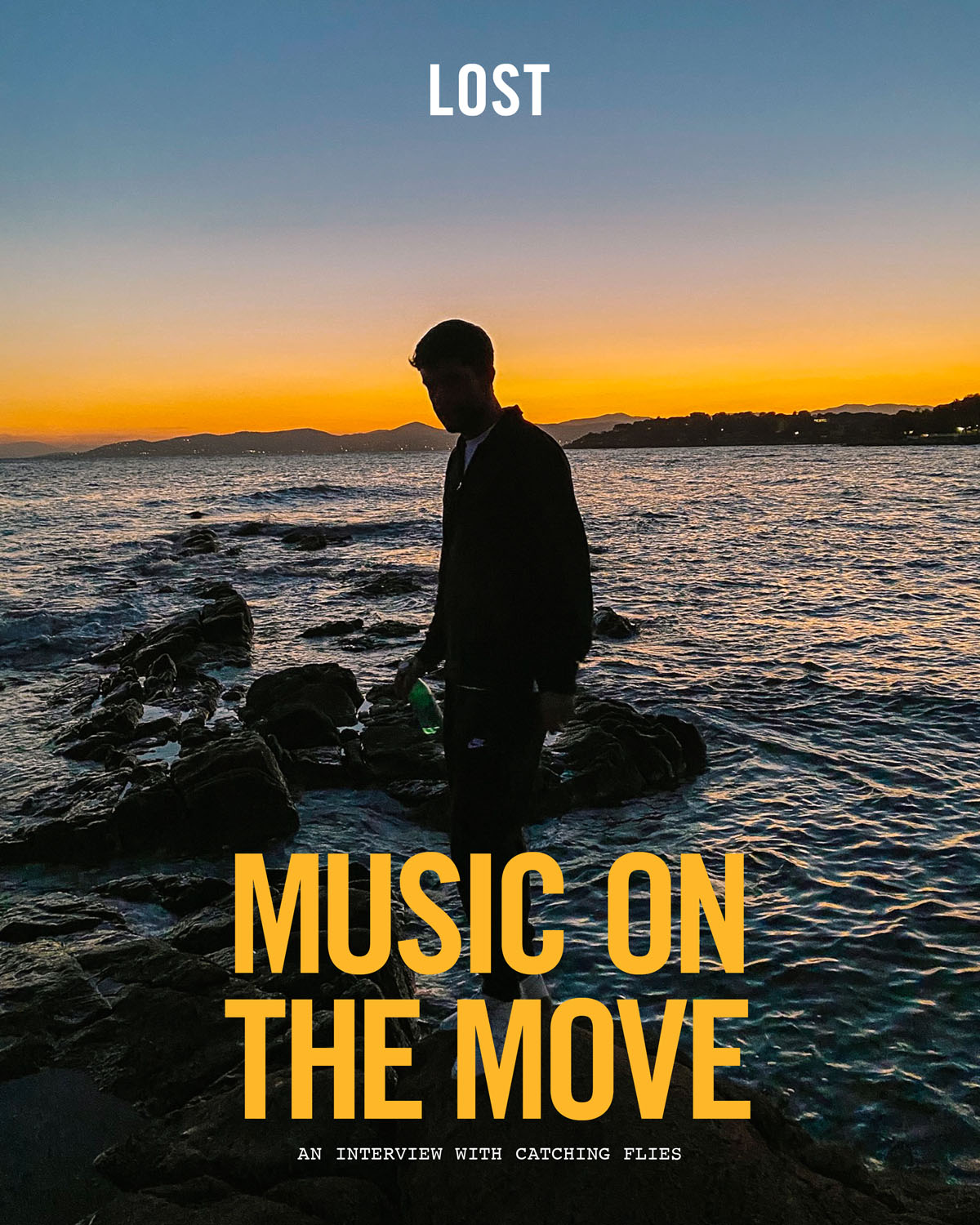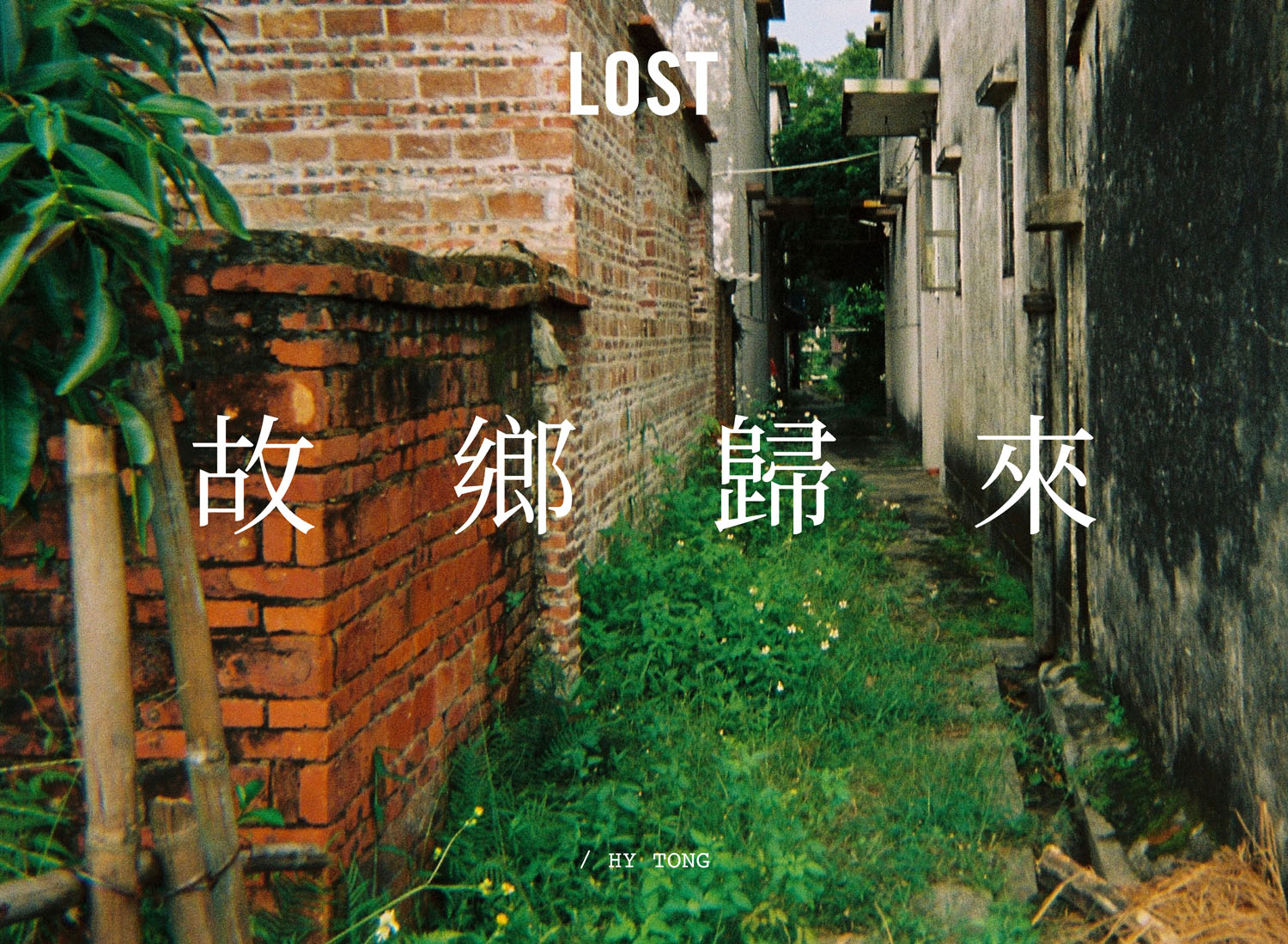BY KATE EDWARDS
At evening in Varanasi, children fly coloured-kites from the city rooftops. Scraps of colour lift off above the skyline at dusk. From on top of my guest house in Varanasi, the two contrasting worlds of India’s oldest city are visible: one of the incessant flow and clamour of traffic and trade in the streets below; the other of the timeless sweep of the river Ganges to the East.
Varanasi, Benares or Kashi, as the city is also known, is situated in Uttar Pradesh, Northern India and the heartland of the Ganges river basin. For thousands of Jain and Hindu pilgrims, the city is a revered destination, where they come to take a dip in the sacred Ganges waters. For many pilgrims, Varanasi is their final destination in this lifetime. They come here to die and be cremated, believing the river goddess Ganga will guide their ascent from Earth to Heaven. The holy city isn’t the end of my journey; it’s the gateway en route from western to central India, and I’m just passing through.
I’d spent most of the day on foot exploring the bustling aspects of the city, visiting its temples, ashrams, silk shops and ancient ghats, and I was feeling overwhelmed and exhausted. My plan was to eat at the guest house and turn in, ready to catch an early train the next morning.
But the hostel owner, Adil, who stands chatting with me while I finish my food, has other ideas. He waves his hand towards the river.
“Before going, you must make boat trip.”
At least I think he is the owner. There are an army of staff at the hostel and they all seem to swap jobs interchangeably, so it is hard to tell. Adil does have the air of a boss about him, but since arriving I have also seen him driving guests around, checking them in and helping them change currencies.
“No time,” I say, “I’m leaving first thing.”
Adil gives an undeterred waggle of the head
“No problem. There is sunset trip tonight.”
At that moment, the door from the kitchen swings open and the cook strides out, his face gleaming with sweat. The cook is an elderly guy, who nevertheless seems to possess boundless energy. He comes over to collect the empty plates and begins stacking them up.
“How do I book?” I ask Adil.
‘Aha!’ he says, whacking the chef on his shoulder. “This is man with boat.”
“You’re the boatman?” I ask, obviously looking puzzled about his multifarious job roles.
He beams me a broad grin and says, “Sometimes cooking, sometimes rowing.”
Just then, the hostel telephone rings from inside, a demented ‘Happy Birthday’ ringtone which seems to sound off every few minutes. Adil holds up his hands apologetically and dashes off to answer it.
“Group is meeting at hotel backside, 6 o’clock,” says the boatman, and with that he clatters off with the plates.
An hour later a group of us are following the spry figure of the boatman as he hurries through the labyrinthine, dim, back lanes of the city ghats. The sun has almost set but even the last dregs of daylight can’t reach into these cloistered alleys.
A total of eighty-seven ghats are clustered along the cities riverbanks. Ancient stone steps that are access points to the holy waters. Many of the small ghats are used for bathing or ‘puja’, where people take a dip in the holy waters and make offerings in return for blessings, while the larger ghats are used for sacred, public ceremonies or cremations.
“Come, come,” the boatman urges the straggling group at intervals. Bewildered by the gloom and maze-like twists and turns, we follow like the slow-moving, holy cattle that clog up the streets here. Small, backroom shops appear, brightly lit and stacked up with tourist trinkets, cigarettes and puja garlands. Through a doorway, I spy workers in the back room of a silk shop stitching fine embroidery into scarves of silk stretched out in front of them, under naked electric bulbs. An air of intense concentration surrounds them as their eyes follow the detailed movements of their fingers. I am struck again by the industriousness of people in this city, where work continues incessantly in a drive against poverty.
The air seems to change as we get closer to the river and the boatman quickens his pace.
“Come, come,” he summons and we follow as he disappears around a corner, only to find ourselves spat out onto the steps of the Shivala ghat, and there in front of us, the dark, gleaming expanse of river.
Easing us from our launch, the boatman shows remarkable strength as he heaves on the oars and manoeuvres the heavy boat into open river to join the rest of the river traffic heading for the evening ceremonies. All grinning teeth and working elbows, he proudly declares his age to be ‘70 years’.
Still, I can’t help but wonder, as we are overtaken time and again by tourist boats with engines, whether the boatman wishes his boat had an outboard motor to help ease the workload of his days. I try to read his expression as yet another boat zips past but his face remains inscrutable and his row sure and steady.
Despite feeling guilty about the elderly boatman labouring away while his much younger and stockier passengers sit idly, I am nevertheless glad to experience my journey on the Ganges by rowing boat. The Greek myth of Charon, the aging boatman who ferried souls of the dead across the River Styx to the underworld, comes into my mind.
Palaces of pink sandstone, saturated in electric light, rise from the water’s edge. Temple spires proliferate the skyline and disappear. Hindu priests, bodies glowing with white paint, move absorbed in their rites and rituals on riverside podiums.
Darkness descends when we approach the cremation ghat, where huge, sultry fires glow on their banks, illuminating the faces of the crowds that throng to honour the dead. It is an atmosphere that is strangely electrified, rather than morbid. Children as well as adults and elders gather and death is not hidden away or sanitised with formality. The routine nature of cremation here is illustrated by the enormous piles of logs, epic in scale, stacked up beside the pyres to keep the fires continuously burning.
To worshippers, the Ganga represents the continuous flow of life, death and rebirth. By morning, the ghats are full of vitality as people come here to bathe, launder clothes and exercise. At night, they gather in public outpourings of faith and grief. It seems all life, sacred and mundane, is here.
We finally pull up alongside a flotilla of boats converging on the main Dashashwamedh Ghat, where proceedings are already underway. Through a haze of incense smoke, I can just make out four shadowy figures sounding mournful notes on handheld horns.
The Hindu Aarti, or ceremony of light, is performed daily on the river and sets its banks ablaze with fire and sound. Throughout the rituals, the golden-robed celebrants circulate an ‘Aarti plate’ or ‘Aarti lamp’ around a person or deity. We watch as they swirl incense, followed by blazing plates of fire and tree towers of burning lamps, accompanied by the continuous percussive clamour of bells and devotional songs from the loudspeakers. As a non-Hindu who doesn’t understand the full significance of these rituals, it is nevertheless impossible not to be sobered and mesmerised by the spectacle.
After, I’m offered a candle on a paper raft of flowers to make a puja. The young vendor lights it and says, “For your father, mother, brother, sister.” I silently extend the list to: “and recently-deceased cat”, then float out my blessings for the living and the dead. Mine joins a sea of hundreds of other bobbing candles—a sight that lingers here in continuous rounds, night after night.
Arriving back at the Shivala ghat, the boatman yanks us one by one onto shore before hopping back in the boat.
“Five minutes,” he announces. “Boat parking.”
As we stand there abandoned in the darkness of the ghat, silent except for the sound of creaking oars becoming distant and water slurping at the steps, the bright visions of the Aarti seem like a receding dream.





在瓦拉納西,孩子們會趁夜色在城鎮的屋頂上放彩色風箏,黃昏時分,一張張斑斕的碎片飛過天際。從我的旅店頂樓望去,這座印度最古老的城市被割裂為涇渭分明的兩個世界:一邊是樓下車馬喧囂、商賈往來的街道,另一邊是永恒向東奔騰的恒河。
瓦拉納西,也叫貝拿勒斯或喀西,位於印度北部,恒河盆地的中心區域。這座城市是眾多的耆那教和印度教教徒的聖地,他們來此汲一捧神聖的恒河水。對很多朝聖者來說,瓦拉納西是一生的目的地,他們來此離世、火葬,並相信恒河女神會指引他們從人間飛升到天堂。然而,這座聖城並非我此行的終點,瓦拉納西是從西部通往印度中部的入口,而我只是經過此地而已。
這一整天我幾乎都在步行探索這座城市熱鬧繁忙的方方面面,拜訪寺廟、靜修處、絲綢店和河邊古老的石梯,傍晚時分終於精疲力盡,打算在旅店吃完飯就上床睡覺,好趕第二天一早的火車。
然而在吃飯的時候,站在那裏和我聊天的旅店老板Adil伸出手指向恒河,提出了另外的建議,
“走之前,你必須乘一次遊船。”
我想他應該是老板吧——雖然這個旅館有一大批員工,而且看起來他們會互換工作——所以這也說不準。Adil 有老板的氣場,但自打到這兒,我也見他開車帶著旅客們到處轉,給他們辦理入住以及兌換貨幣。
“沒時間,” 我說,“我一大早就得走。”
Adil 毫不灰心地擺擺頭。
“沒問題,今晚有日落旅行。”
就在那一刻,廚房門打開了,廚師大步走出來,臉上閃著汗珠。雖然是個上了年紀的人,看起來卻有著無限的力氣。他走過來收拾了空盤子,把它們摞起來。
“遊船怎麼預定呢?” 我問 Adil。
“ 啊哈!” Adil 說著,在廚師肩上拍了一下,“他有船。”
“你是船夫?”我問,對他多樣的職業身份感到疑惑,而他大笑著說:“有時做飯,有時劃船。”
就在這時,裏頭響起了旅店的電話鈴,是一首時不時就沒聲兒的呆板的“生日快樂”歌。 Adil歉意地揚起手,趕去接電話了。
“觀光小隊6點在旅館後面集合。” 船夫邊說邊帶著嘩啦作響的盤子走了。
一小時後,我們一隊人跟著船夫活力滿滿的身影,穿過如迷宮般復雜又昏暗的河岸後巷。太陽快要落下了,然而落日余暉也無法照射這些隱匿小巷。
城市的河岸上總共有87個石階碼頭,這些古老的石階是接觸聖水的地方。很多小的碼頭被用來沐浴或“禮拜”,信徒在那裏蘸取聖水,並奉上祭品以求福佑;而那些大的碼頭則被用來進行莊嚴的公開典禮或者火葬儀式。
“快點,快跟上,” 船夫時不時催促散亂的隊伍。而我們被陰暗又曲折回轉如迷宮般的路徑迷惑,像塞滿街道的神牛一樣緩慢移動著。眼前出現了密室般的小店,燈火通明,堆滿廉價旅遊飾品、香煙和禮拜花環。經過某間絲綢店門口,我窺見後屋裏工人們正在光禿禿的燈泡下,把精細的刺繡縫到攤開在他們面前的絲綢圍巾上。他們被一股全神貫註的氛圍環繞著,眼睛緊跟著手上精細的動作。我再一次為生活在這座城市的人的勤奮所震撼,在這裏,為了與貧困對抗,勞作一刻不曾停歇。
氣氛好像隨著我們接近河邊逐漸改變,船夫加快了腳步。
“來,過來,” 他召集我們,隨即消失在角落裏,我們跟著他,發現自己被帶到了須瓦拉石階碼頭。在那兒,我們面前就是深暗的、閃著微光的寬闊河面。
船夫劃槳時展現出了非凡的力量,讓我們從下水的過程中輕松下來,他操控沈重的船只進入開闊水面,加入了其他前往夜晚儀式的船只中,邊劃著船,邊咧嘴笑著,自豪地宣布自己馬上就70歲了。
可是,當我們的船一次次被有發動機的觀光船超越,我還是忍不住想,這位船夫會不會希望自己的船也能有一臺舷外發動機,好減輕每日的工作負荷。我試圖窺探他的表情,然而當另一艘船疾速駛過時,他的面容仍是那樣難以揣摩,劃槳的動作也依舊堅定平穩。
盡管對於讓一個年事已高的船夫辛苦賣力,而年輕力壯的乘客們無所事事地坐著這件事感到了內疚,然而我還是慶幸能體驗到乘船遊覽恒河,腦中浮現了希臘神話裏把亡靈送往冥間的老船夫卡隆。
粉色砂巖建成的宮殿出現在水邊,燈光下色彩飽和。廟宇的尖頂占據了天際線又慢慢消失。印度教祭司們的身體閃耀著白色塗料,魚貫雁行般加入河畔臺座上正舉行的儀式。
當我們到達火葬石階時已是夜幕四合,熊熊的火焰在河岸上燃燒,照亮了群集於此紀念先人的臉龐。與其說是詭譎,倒不如說那是一種奇異的、生機勃勃的氛圍。男女老少齊聚一堂,死亡這件事既沒有被遮掩,也沒有被繁文縟節美化。在此,柴堆旁巨大的木頭堆闡釋了火葬的常態本質。
對於信徒們來說,恒河代表著長流不息的生命、死亡和重生。上午,人們來此沐浴、洗衣、鍛煉,石階上滿是生命力。到了晚上,他們聚集在此抒發信念、吐露哀傷,似乎所有或神聖或世俗的生命都聚集於此。
最後,我們挨著一隊聚集在達薩斯瓦梅朵主石階的船只停下,這裏的活動已經開始了。透過香火焚燒的煙霧,我只能辨認出四個朦朧的身影,他們用手持著喇叭,唱著淒婉的調子。
印度教的河神祭,或者叫聖燈儀式,每天都會在河面上舉行,河岸上也洋溢著火光和聲音。整個儀式過程中,參與者們圍繞著某個人或神傳遞一個祭祀碟或祭祀燈。伴隨著持續叩響的喧鬧鐘聲以及從揚聲器裏傳出的禱告歌,我們看著他們盤繞熏香,接著是一層層燃燒的火焰,以及由燃燒的燈組成的樹塔。作為一個不太能理解這些儀式全部意義的非印度教教徒,我仍是不能不為這景象感到既持重又著迷。
之後,我在一艘紙船上放了支蠟燭來完成一次 ‘Puja’。年輕的賣家點燃了它說:“為了你的父親、母親、兄弟姐妹。” 我默默地把 “最近去世的貓咪”加進了名單,然後讓我對生者和逝者的祈福漂流遠去。我的蠟燭加入了成百上千閃爍著的燭光,那是一幅循環往復,夜夜縈繞於此的景象。
回到須瓦拉石階,船夫把我們一個個拽上岸,再回到船上。
“五分鐘,” 他說,“泊船。”
當我們被晾在石階上的黑暗中時,除了逐漸遠去的嘎吱作響的船槳聲,和水花舔舐石階的聲音,周圍一片靜寂。河神祭明亮的畫面像是一場慢慢消逝的夢。
Kate Edwards’ roots are in the Black Country in the UK, from which she escaped to study in London and Paris, and travelled widely before settling in the countryside of Yorkshire in the North of England. She co-founded the all-female touring theatre company, Jammy Voo, in 2006 and is a performer and writer of plays, poetry and fiction. Follow her misadventures in writing, theatre, travel, vipassana meditation, and yoga teaching here: Twitter: @k8_in_space, Instagram: kate.in.space
Kate Edwards 出生於英國黑郡,之後逃離故鄉,於倫敦和巴黎求學。早年遊歷廣泛,現定居於北英格蘭約克郡的鄉下。在2006年,作為聯合創始人參與創辦了全女性巡回劇團Jammy Voo,同時她也是一名表演者、編劇、詩人及作家。Twitter: @k8_in_space, Instagram: kate.in.space



